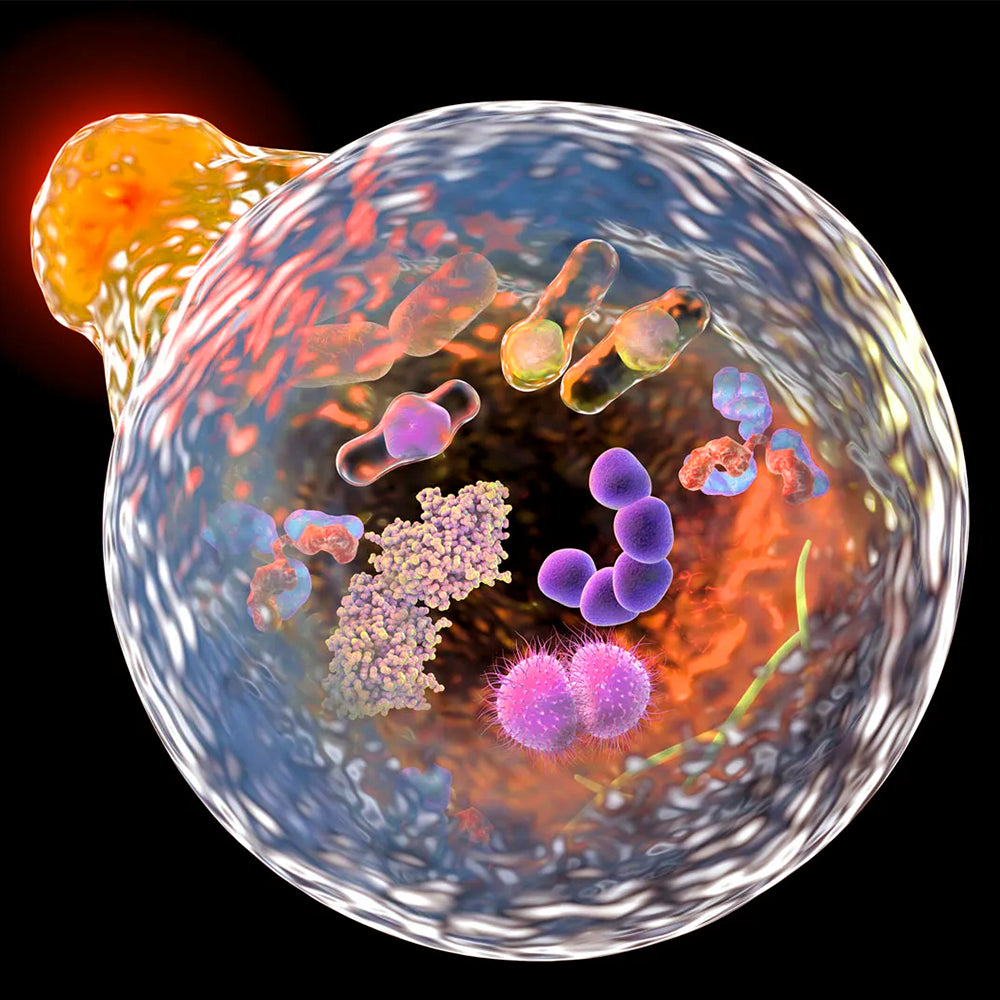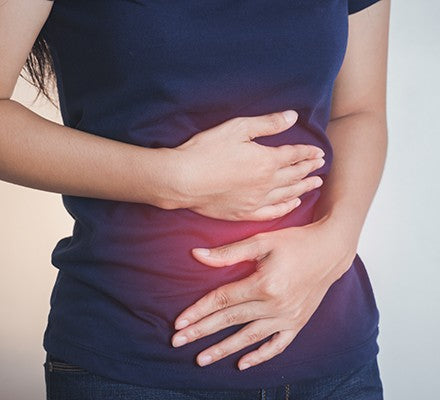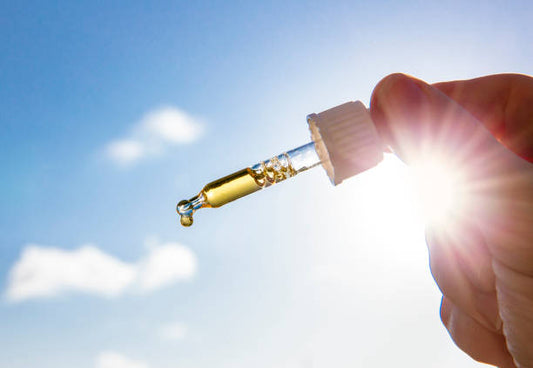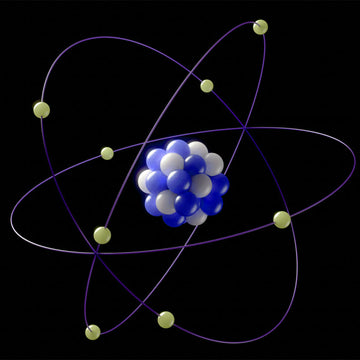Discover Related Products
Now explore supplements designed to support Longevity, Gut Health & Cellular Vitality.
CITOZYM - Support Natural Detox, Immune and Longevity Support
Autophagy: A Key Mechanism for Cellular Health

Autophagy is an essential biological process that allows cells to degrade and recycle damaged or unnecessary components. This mechanism is crucial for maintaining cellular homeostasis, protecting against diseases, and extending longevity. In this article, we will explore the details of autophagy, its role in health, and its potential therapeutic applications.
What is Autophagy?
The term "autophagy" comes from Greek words meaning "self-eating." This process is mediated by structures called autophagosomes, which engulf damaged or surplus cytoplasmic materials and transport them to lysosomes for degradation. Lysosomes, rich in hydrolytic enzymes, break down these materials into basic components, which are then reused by the cell to synthesize new molecules (1).
Benefits of Autophagy
-
Maintenance of Cellular Homeostasis: Autophagy helps maintain internal cellular balance by eliminating damaged proteins and organelles, preventing the accumulation of toxic cellular components (2).
-
Protection Against Diseases: The autophagic process is crucial in defending against various pathologies, including cancer, neurodegenerative diseases, and infections. For example, autophagy can limit the proliferation of cancer cells by removing mutated proteins and damaged organelles (3).
-
Promotion of Longevity: Studies on animal models have shown that autophagy can extend lifespan by improving cellular quality and preventing the accumulation of damage (4).
Molecular Mechanisms of Autophagy
Autophagy is regulated by several molecular signaling pathways, including the mTOR (mammalian target of rapamycin)pathway and the AMPK (AMP-activated protein kinase) pathway. The mTOR pathway inhibits autophagy in conditions of nutrient abundance, while the AMPK pathway activates it in response to energy stress or nutrient deprivation (5).
Autophagy consists of three main phases:
- Initiation: The initiation of autophagy is regulated by the ULK1 (Unc-51 Like Autophagy Activating Kinase 1)protein complex, which is activated in response to cellular stress or nutrient shortage. ULK1 initiates the formation of the phagophore, an isolating membrane that expands to form the autophagosome (6).
- Autophagosome Formation: The phagophore expands and encloses the cellular components to be degraded, forming the autophagosome. This process is mediated by various protein complexes, including the ATG (Autophagy-related genes) complex and the PI3K (phosphoinositide 3-kinase) complex (7).
- Fusion and Degradation: The autophagosome fuses with the lysosome, forming the autolysosome. Lysosomal enzymes degrade the autophagosome's content into basic components, which are then released into the cytoplasm and reused by the cell (8).
Role of Autophagy in Diseases
- Cardiovascular Diseases: Autophagy is involved in protecting the heart against various stresses, including ischemia and hypertension. Dysfunctional autophagy is associated with cardiovascular diseases such as heart failure and atherosclerosis (9). Regulating autophagy could represent a therapeutic strategy for these conditions.
- Diabetes and Metabolic Diseases: Autophagy is crucial in maintaining energy homeostasis and lipid and carbohydrate metabolism. Dysfunctional autophagy has been linked to the development of obesity, type 2 diabetes, and non-alcoholic fatty liver disease (10). Modulating autophagy could improve insulin sensitivity and glucose metabolism.
- Cancer: Autophagy has a dual role in cancer, acting both as a survival mechanism and as a tumor suppressor. In certain contexts, autophagy promotes the survival of cancer cells in stressful environments, while in others, it facilitates the death of cancer cells by degrading abnormal and damaged proteins (11). Current research aims to understand how to modulate autophagy to treat cancer effectively.
- Neurodegenerative Diseases: Dysfunctional autophagy is implicated in neurodegenerative diseases such as Alzheimer's, Parkinson's, and Huntington's disease. The accumulation of misfolded proteins and damaged organelles in neurons is a common feature of these diseases (12). Stimulating autophagy could help eliminate these protein aggregates and improve neuronal survival.
Therapeutic Approaches for Modulating Autophagy
- Autophagy-Inducing Drugs: Certain drugs, such as rapamycin, everolimus, and resveratrol, are known to stimulate autophagy by inhibiting the mTOR pathway. These drugs have shown promise in treating various conditions, including cancer and neurodegenerative diseases (13).
- Nutrition and Fasting: Intermittent fasting and caloric restriction have been shown to stimulate autophagy, improving longevity and metabolic health in animal models (14). These dietary approaches could have therapeutic applications in humans for preventing and treating various diseases.
- Physical Exercise: Regular physical exercise is a potent stimulator of autophagy, improving muscle and metabolic health. Physical activity promotes the clearance of damaged proteins and organelles in skeletal muscles, contributing to the prevention of muscle and metabolic diseases (15).
Conclusion
Autophagy is a vital process that offers numerous benefits for cellular health and disease prevention. Understanding the mechanisms that regulate autophagy and its therapeutic potential is continuously evolving, paving the way for new and promising therapies.
References
- Mizushima, N. (2007). Autophagy: process and function. Genes & Development, 21(22), 2861-2873.
- Bento, C. F., Renna, M., Ghislat, G., Puri, C., Ashkenazi, A., Vicinanza, M., ... & Rubinsztein, D. C. (2016). Mammalian autophagy: how does it work?. Annual Review of Biochemistry, 85, 685-713.
- White, E., & DiPaola, R. S. (2009). The double-edged sword of autophagy modulation in cancer. Clinical Cancer Research, 15(17), 5308-5316.
- Madeo, F., Zimmermann, A., Maiuri, M. C., & Kroemer, G. (2015). Essential role for autophagy in life span extension. Journal of Clinical Investigation, 125(1), 85-93.
- Kim, J., Kundu, M., Viollet, B., & Guan, K. L. (2011). AMPK and mTOR regulate autophagy through direct phosphorylation of Ulk1. Nature Cell Biology, 13(2), 132-141.
- Russell, R. C., Tian, Y., Yuan, H., Park, H. W., Chang, Y. Y., Kim, J., ... & Guan, K. L. (2013). ULK1 induces autophagy by phosphorylating Beclin-1 and activating VPS34 lipid kinase. Nature Cell Biology, 15(7), 741-750.
- Hurley, J. H., & Young, L. N. (2017). Mechanisms of autophagy initiation. Annual Review of Biochemistry, 86, 225-244.
- Yu, L., Chen, Y., & Tooze, S. A. (2018). Autophagy pathway: cellular and molecular mechanisms. Autophagy, 14(2), 207-215.
- Lavandero, S., Chiong, M., Rothermel, B. A., & Hill, J. A. (2015). Autophagy in cardiovascular biology. Journal of Clinical Investigation, 125(1), 55-64.
- Singh, R., & Cuervo, A. M. (2012). Lipophagy: connecting autophagy and lipid metabolism. International Journal of Cell Biology, 2012.
- Galluzzi, L., Pietrocola, F., Bravo-San Pedro, J. M., Amaravadi, R. K., Baehrecke, E. H., Cecconi, F., ... & Kroemer, G. (2015). Autophagy in malignant transformation and cancer progression. The EMBO Journal, 34(7), 856-880.
- Menzies, F. M., Fleming, A., Caricasole, A., Bento, C. F., Andrews, S. P., Ashkenazi, A., ... & Rubinsztein, D. C. (2017). Autophagy and neurodegeneration: pathogenic mechanisms and therapeutic opportunities. Neuron, 93(5), 1015-1034.
- Benjamin, D., Colombi, M., Moroni, C., & Hall, M. N. (2011). Rapamycin passes the torch: a new generation of mTOR inhibitors. Nature Reviews Drug Discovery, 10(11), 868-880.
- Longo, V. D., & Mattson, M. P. (2014). Fasting: molecular mechanisms and clinical applications. Cell Metabolism, 19(2), 181-192.
- He, C., & Klionsky, D. J. (2009). Regulation mechanisms and signaling pathways of autophagy. Annual Review of Genetics, 43, 67-93.







No comments